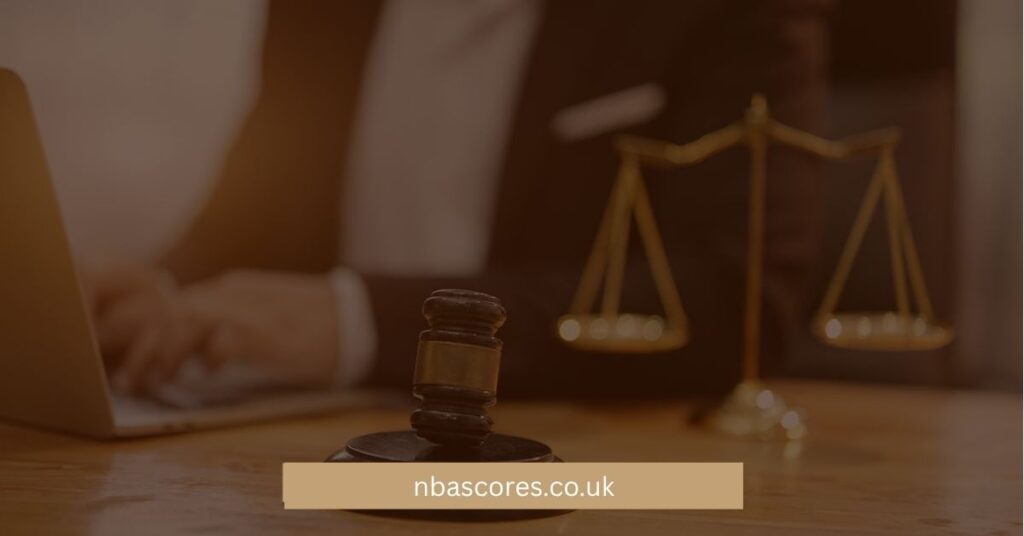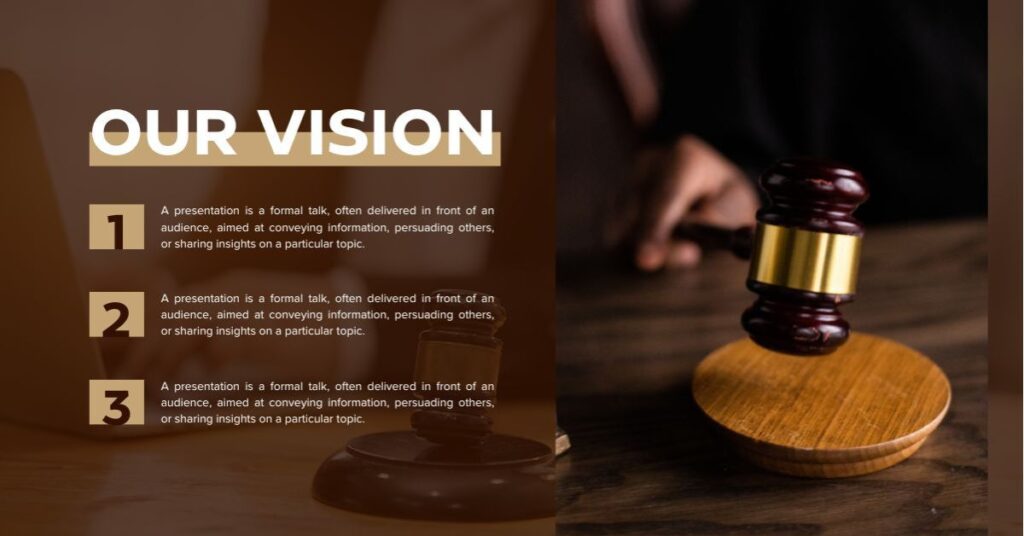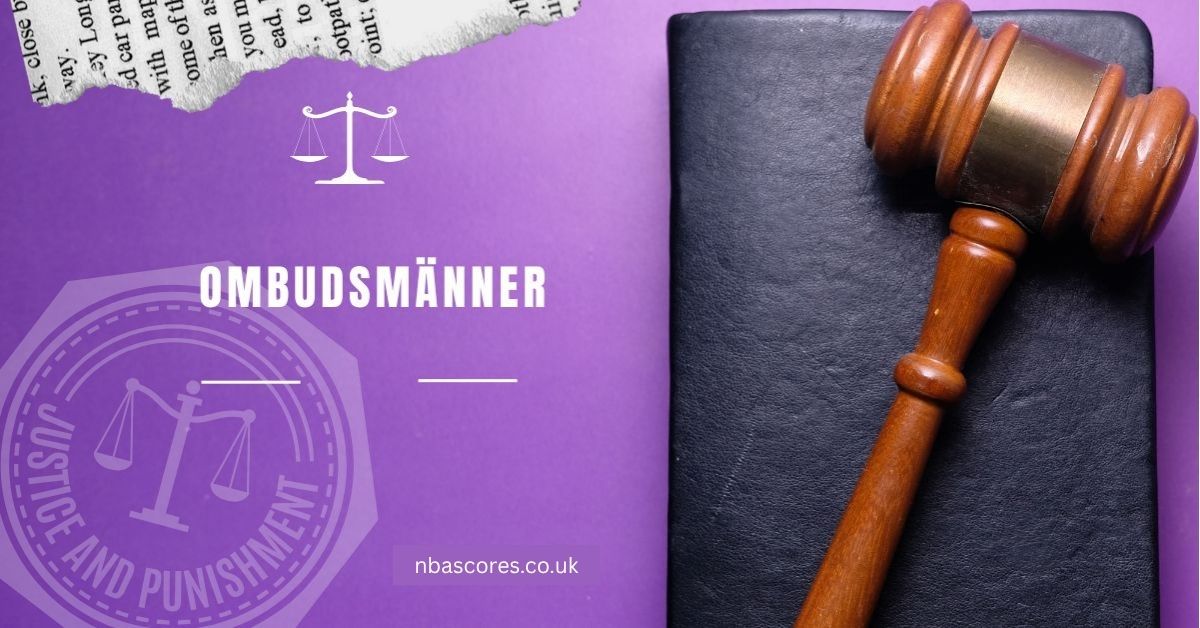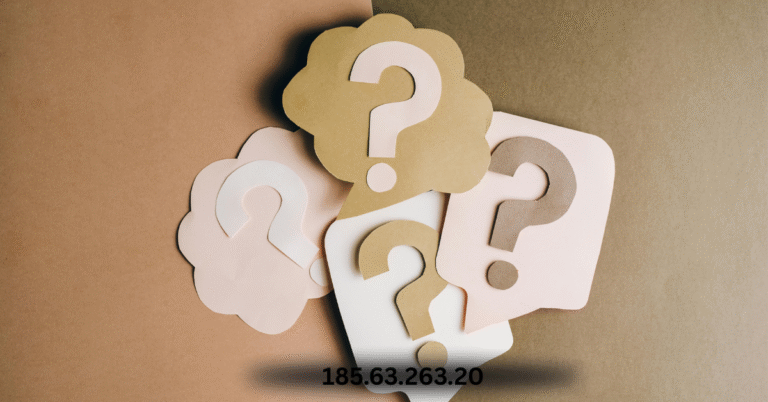Ombudsmänner: Guardians of Fairness, Justice, and Accountability in the Modern World
In a time when individuals often feel powerless against large institutions and bureaucratic systems, Ombudsmänner serve as essential guardians of transparency, justice, and fairness. These independent figures operate as neutral mediators, ensuring that individuals have a voice—even when challenging powerful organizations. Whether you’re a student confronting university red tape, an employee facing workplace discrimination, or a customer in a dispute with your bank, the Ombudsmann exists to level the playing field.
Far from being outdated, today’s Ombudsmänner have evolved into modern-day change agents—combining traditional advocacy with digital tools, community engagement, and policy innovation. As society grows more complex, their role becomes even more vital—not only resolving complaints but driving systemic reforms that strengthen public trust.
What Is an Ombudsmann?
The term “Ombudsmann” comes from Swedish, originally meaning a “representative” or “agent.” Established in Sweden in 1809, the first ombudsman was created to ensure government officials were held accountable.
In today’s context, an Ombudsmann is a neutral, independent authority that reviews and addresses complaints made by individuals against public or private organizations. Their goal is not to take sides but to investigate, mediate, and propose fair solutions.
Unlike lawyers or judges, Ombudsmänner do not represent any party in legal terms. Instead, they aim to restore fairness, improve transparency, and encourage organizations to act responsibly.
Primary Roles and Responsibilities
Ombudsmänner play a wide range of roles depending on the context, but their core duties typically include:
- Receiving and reviewing complaints from the public or employees
- Investigating decisions or actions by organizations or authorities
- Facilitating informal resolution through mediation or dialogue
- Recommending improvements to policies, procedures, and services
- Monitoring ethical standards and protecting rights
- Educating individuals about their rights and options
Through these actions, Ombudsmänner act as a bridge between institutions and the people they serve.
Types of Ombudsmänner and Where They Work
The role of an Ombudsmann varies across sectors. Here are some key types:
1. Public Sector Ombudsmann
Handles complaints related to government bodies—covering everything from healthcare systems to taxation and law enforcement. Their job is to ensure that public services treat people fairly and lawfully.
2. Financial or Insurance Ombudsmann
Focuses on disputes involving banks, insurers, and financial services. Common issues include denied claims, hidden fees, or mishandled accounts.
3. Corporate or Institutional Ombudsmann
Found in large companies, universities, or organizations, these ombudsmen help address internal complaints—especially around workplace misconduct, discrimination, or unethical behavior.
4. Human Rights Ombudsmann
Dedicated to protecting civil liberties and promoting equality. They often work alongside international or national human rights bodies to hold institutions accountable.

Why Ombudsmänner Matter
They Defend Individual Rights
Ombudsmänner give people a voice, especially when navigating powerful or complex systems.
They Promote Accountability
By challenging poor decisions and practices, they compel institutions to act responsibly.
They Encourage Better Governance
Ombudsmänner help improve policies and procedures, creating more efficient and fair systems.
They Build Trust
When people see their complaints addressed impartially, public trust in institutions increases.
How the Complaint Process Works
The Ombudsmann process is designed to be simple and accessible for the average person. Here’s a typical flow:
- Filing a Complaint
Submit your concern through an online form, email, or written letter. - Preliminary Review
The Ombudsmann checks whether the case falls within their scope and jurisdiction. - Investigation
If accepted, they gather evidence, review documents, and speak with involved parties. - Resolution and Recommendations
If unfairness is found, the Ombudsmann may suggest an apology, a policy change, or corrective action. - Follow-Up
While their decisions may not be legally binding, many organizations comply to maintain public credibility and avoid legal escalation.
Examples from Around the World
- Germany: The Versicherungsombudsmann helps resolve insurance disputes outside of court.
- UK: The Parliamentary and Health Service Ombudsman investigates complaints about the NHS and other public services.
- USA: While not always called ombudsmen, federal agencies like the IRS and EPA have internal complaint resolution bodies inspired by the model.
- Pakistan: The Federal Ombudsman addresses citizen grievances and works to improve efficiency in public service delivery.
Challenges Ombudsmänner Face
Even with growing influence, Ombudsmänner face several hurdles:
- Limited Enforcement Powers
They can recommend changes but often lack authority to enforce them directly. - Lack of Public Awareness
Many people don’t know ombuds services exist—or how to access them. - Resource Constraints
Limited staff and funding can delay investigations and reduce capacity. - Resistance from Institutions
Some organizations may be reluctant to cooperate or act on recommendations.
Despite these challenges, the neutrality and moral authority of Ombudsmänner often lead to real-world impact.

The Evolving Role of Ombudsmänner
As society shifts, so too does the ombuds role:
- Digital Access – Online platforms now make it easier to file and track complaints.
- AI Tools – Some offices are experimenting with AI for faster case triage and data analysis.
- Inclusion and Equity – There’s a growing focus on addressing systemic discrimination, bias, and access barriers in both public and private spaces.
Ombudsmänner are becoming more proactive, influencing not only resolutions but policy reforms that prevent issues from recurring.
Conclusion: Defenders of Justice in a Complex World
In an age dominated by speed, profit, and power, Ombudsmänner represent a critical counterbalance—championing empathy, due process, and fairness. Their role goes beyond solving disputes; they empower individuals, improve systems, and restore trust.
Whether mediating workplace conflicts, investigating public service failures, or addressing human rights violations, Ombudsmänner act as silent architects of accountability. As our global systems grow more intertwined, their presence is not just helpful—it’s essential.
Their continued work reminds us of a fundamental truth: every person deserves to be heard, treated fairly, and given a path to justice.
FAQs about Ombudsmänner
Q1: Are Ombudsmann services confidential?
Yes. All complaints and investigations are handled with strict confidentiality to protect the parties involved.
Q2: Can I still take legal action after contacting an Ombudsmann?
Absolutely. The Ombudsmann process does not prevent you from pursuing your case in court.
Q3: Do I need a lawyer to approach an Ombudsmann?
No. The service is designed to be accessible, informal, and free of legal complexity. Most people can file a complaint on their own.
Q4: How long does it take for a case to be resolved?
It depends on the complexity. Simple cases might be resolved in weeks, while more involved investigations may take several months.
Q5: Is there an Ombudsmann in every country?
Most democratic countries have some form of ombudsman service, especially in public administration. However, roles and authority can vary significantly.







